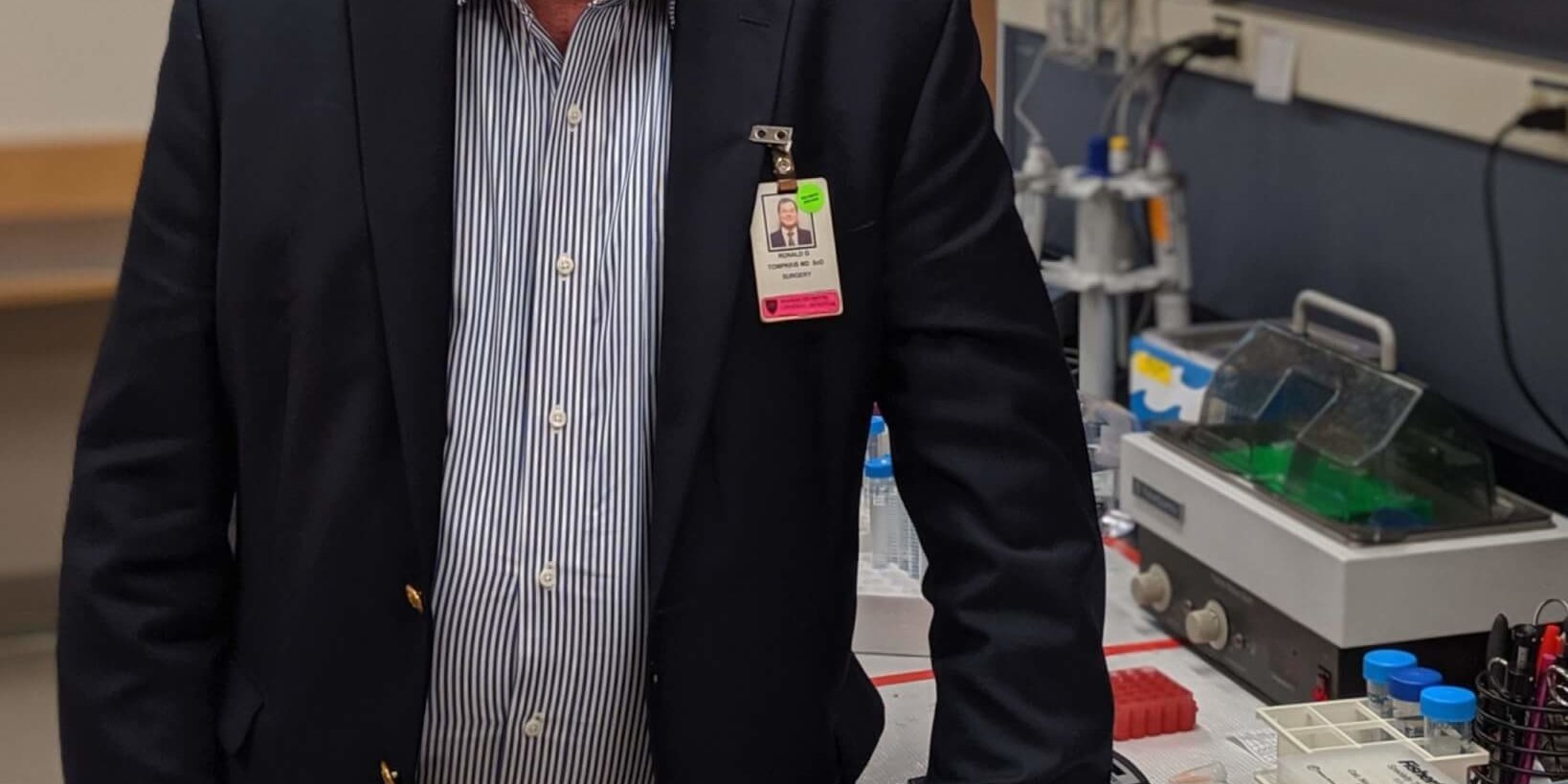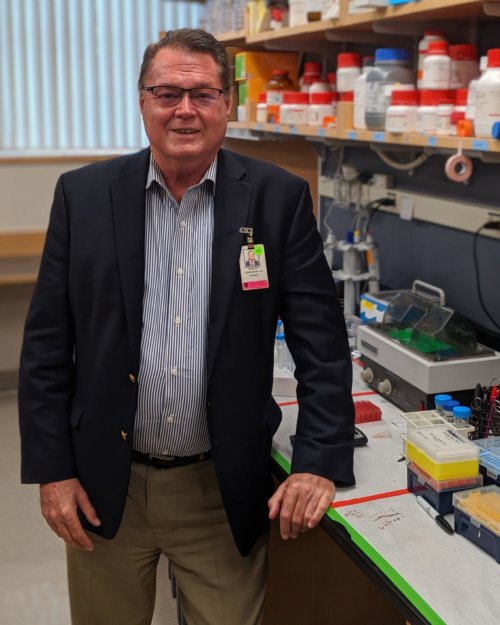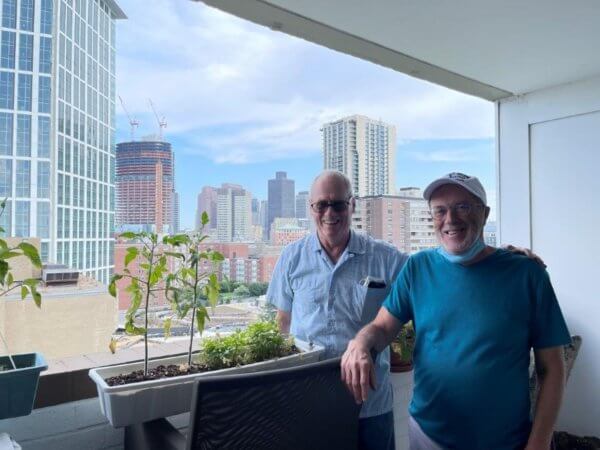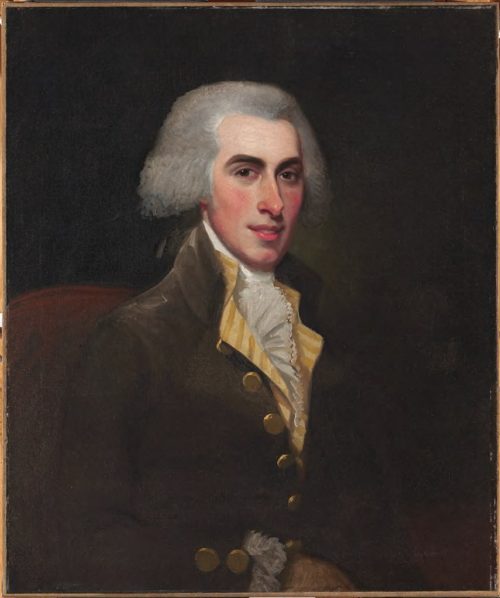The West End Museum Announces its 2022 Honorees
Every year The West End Museum honors a few people who have made meaningful and lasting contributions to the neighborhood and the city of Boston. At this year’s annual Heritage Celebration, being held on Friday March 15, we posthumously celebrate three people, each of whom had an enormous impact. They are Dr. Ronald Tompkins, Thomas Maguire and Charles Bulfinch.
Ronald Tompkins 1951-2022
A native of Louisiana, Dr. Tompkins was a healer at the hospital in the West End. Following medical school, he did his surgical residency at Massachusetts General Hospital and remained there for his entire distinguished career, focusing much of his attention on burn victims. He became Chief of the Division of Burn Surgery at MGH and was Chief of Staff for Shriners Hospital for Children in Boston for 22 years. In addition, he was named the Sumner M. Redstone Professor of Surgery at Harvard Medical School.
Tompkins’ research led to new standards of care. It focused on burns and trauma, including on quality of life for burn victims. He made discoveries about inflammation and metabolic features of how people respond to stress. A National Institutes of Health research project he led, known as the “Glue Grant,” is credited with improvements in survival for injured patients.
Late in his career, Tompkins founded The Center for Engineering in Medicine & Surgery at MGH. He also became involved in improving care for people with Chronic Fatigue Syndrome, also known as myalgic encephalomyelitis.
Thomas Maguire 1956-2022
Thomas Maguire was the embodiment of a good neighbor. You could even call him a dedicated neighbor. Newcomers to the West End would frequently find Maguire and his longtime partner James Pfeiffer there to welcome them and offer advice. He threw regular “get to know your neighborhood” parties. You could frequently find Maguire, cane in hand, along West End streets picking up trash. Following winter storms, he would often help clear snow from area fire hydrants.
Maguire supported numerous area charities, among them three with a focus on a healthy environment. They are: We Tree Boston, an urban forestry program that helps keep newly trees watered; The Nature Conservancy; and The Center for Coastal Studies. He was also active with the West End Civic Association, joining the group shortly after its founding.
Charles Bulfinch 1763-1844
Known as the first American born professional architect, Charles Bulfinch’s imprint on Boston remains obvious two centuries later. Not only did he design the Massachusetts State House, the Harrison Gray Otis House and Mass General Hospital, among many others; he also helped create the West End. While serving as Chairman of the Boston Board of Selectmen in 1807, Bulfinch directed the removal of a large portion of Beacon Hill to fill in Mill Pond. The project created 50 acres of new land for which Bulfinch designed a triangular street pattern.
After an education at Harvard, Bulfinch traveled in Europe to learn from architects there. When he returned to Boston, he began building eye catching private dwellings, as well churches and theaters. Then, Bulfinch built the Connecticut State House in 1796 and the Massachusetts State House in 1798. The Massachusetts State House remains in use today.
When President James Monroe visited Boston in 1818, he was so impressed by the State House and by urban planning done by Bulfinch on the Board of Selectmen, that the president recruited Bulfinch to Washington to serve as the Third Architect of the Capitol, overseeing Capitol construction between 1818 and 1826. Bulfinch continued the restoration of the buildings’ two wings and designed the domed center, which was originally made of wood. He also planned the Capitol’s grounds and original west terraces.
Much of Bulfinch’s Boston remains today. He created the city’s first street grids. He remodeled and enlarged Faneuil Hall. And he created Boston Common, the country’s oldest city park.





